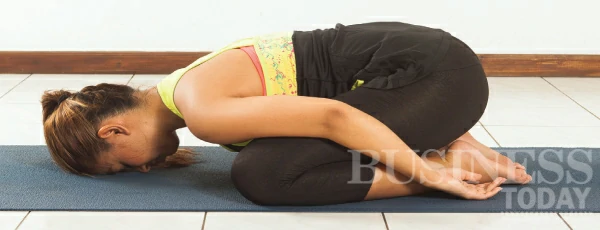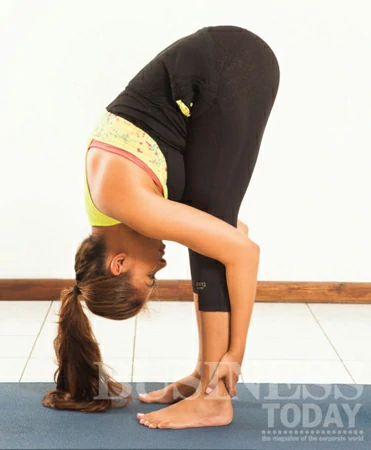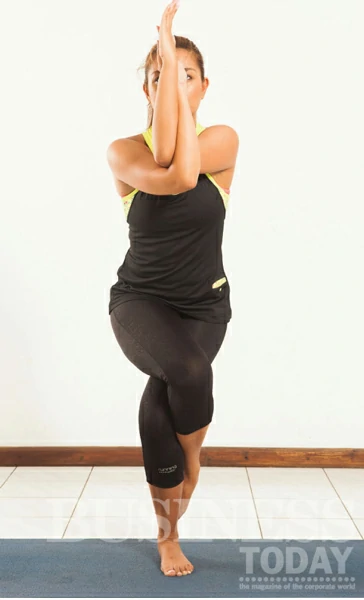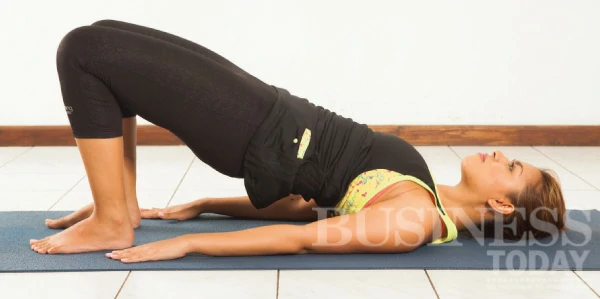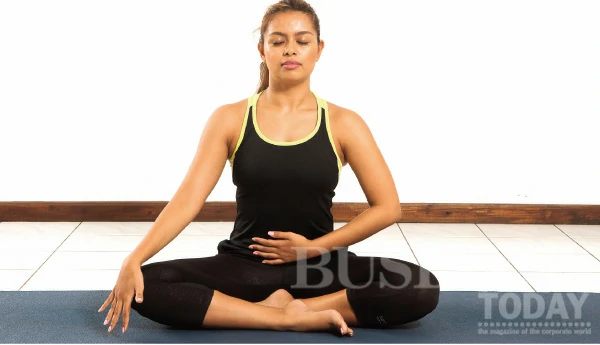
Ever heard of the fight or flight response? That’s stress in its most efficient and beneficial form. There are always going to be times when an adrenalin boost is useful to kick start us into action; for example, when the tuk tuk driver cuts in front of us on the road and we have to react quickly to save ourselves from danger. But the body is not supposed to live with these stress hormones flowing around for long periods of time. When someone is constantly stressed, this is exactly what is happening – in a state of stress the nervous system responds by releasing a flood of stress hormones which rouse the body for emergency action. This system is normal whenever one feels threatened or upset, it is our body’s way of protecting us. BUT, after a while, if this physical reaction continues un-abated, it stops being helpful and starts to cause major damage to our health, our moods and our overall quality of life.
The most dangerous thing about the on-going type of stress that we may experience in a high pressured job for example, is that sometimes we get so used to living in that heightened state that we don’t even notice it anymore, meanwhile the damage is already being done.
To break the cycle we first have to recognise some of the symptoms, here are just a few:
1. Inability to concentrate
2. Seeing only the negative
3. Racing thoughts
4. Inability to sleep or relax
5. Irritability
6. Feeling overwhelmed
7. Aches and pains in the body
8. Rapid heart beat or shortness of breath
9. Frequent illnesses (colds)
10. Changes in eating patterns
To combat all of these, yoga can be a very effective tool. It helps to train our thoughts and the body’s reactions to slow down. The emphasis in yoga on the mind, body, spirit connection yields both physical and emotional benefits.
“A yoga practice helps us to live in the here and now and teaches us to let go of our focus on things we can’t control, leaving us free to enjoy the things that we can influence and control.”
Yoga for stress management involves focus on our breath to begin with, then gentle poses that are easeful for the body.
The following short sequence done daily if possible will soon yield benefits!
Breathing
Reverse belly breathing. Breathing from low in the tummy is by far the most calming breath we as humans can take. With this breath we increase our awareness of our breath patterns, balance the oxygen and carbon dioxide in the blood, normalise the heart rate and reduce muscle tension. It is the easiest way to elicit the relaxation response.
The technique is as follows:
Sitting comfortably with the back as straight as possible, place one hand on your abdomen, inhale and feel the tummy expand outwards towards the hand and exhale and empty the lungs with a slight squeeze of the abdominal muscles, allowing the tummy and the hand to draw back in towards the body. Repeat this for 5-10 breaths.
Asana or postures
Child’s Pose-This pose is used to centre the mind and bring on feelings of calm, it allows a moment of quiet to focus inward. Starting a practice with this posture can really centre us and calm us down.
Standing forward bend-This is a good posture for those suffering with mild depression, reversing the blood flow and sending blood to the brain for clarity of thought. It also stretches the hamstrings, and releases tension from the hips.
Eagle or seated eagle (arms only) releases tension in the shoulders and back, if done standing with the leg posture it can also be empowering and improve concentration and balance.
Bridge-this is a gentle stretch for the back and legs, it opens the heart and releases stress. It is said to be good for anxiety, fatigue, backache, headache and insomnia.
Cat/cow-This posture soothes and stretches the lower back, massages the spine and when done with a focus on the breath, it slows us down and draws us inward.
Wall dog, is a slight inversion to lengthen the back and counter any tendency to hunch the shoulders forward when tense.
Legs up the wall-This is a resting pose for stress reduction, it helps to renew the blood and is good for lymph drainage.
Relaxation
Savasana, usually done at the end of a practice puts the emphasis on total relaxation, it slows the breath, lowers the blood pressure, quiets the nervous system and makes for a very deep rest. It is hard to be still but this posture allows a body that is not used to stillness to come into a restful state.
If you recognise some of the symptoms of stress, then why not give this a try.
Column by Serena Burgess from the Om Space
